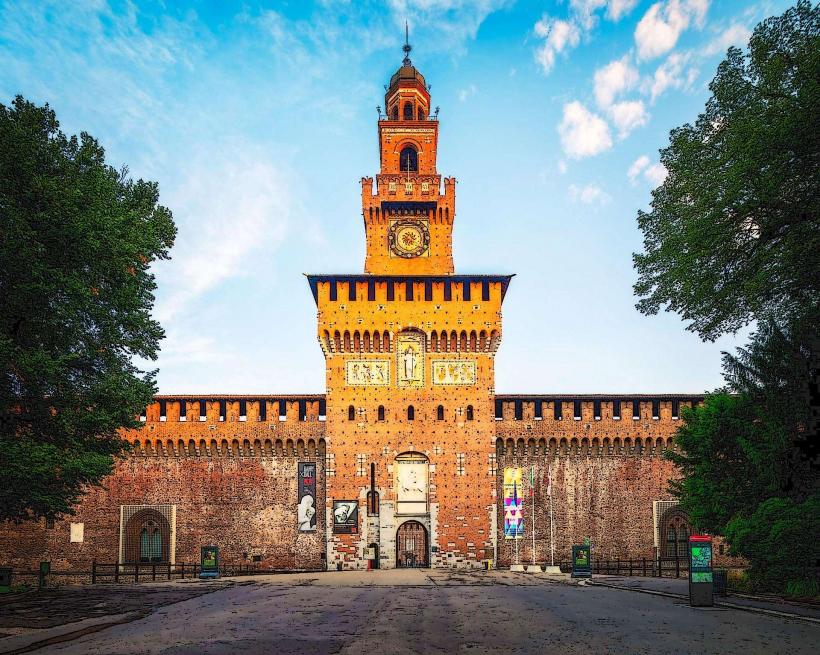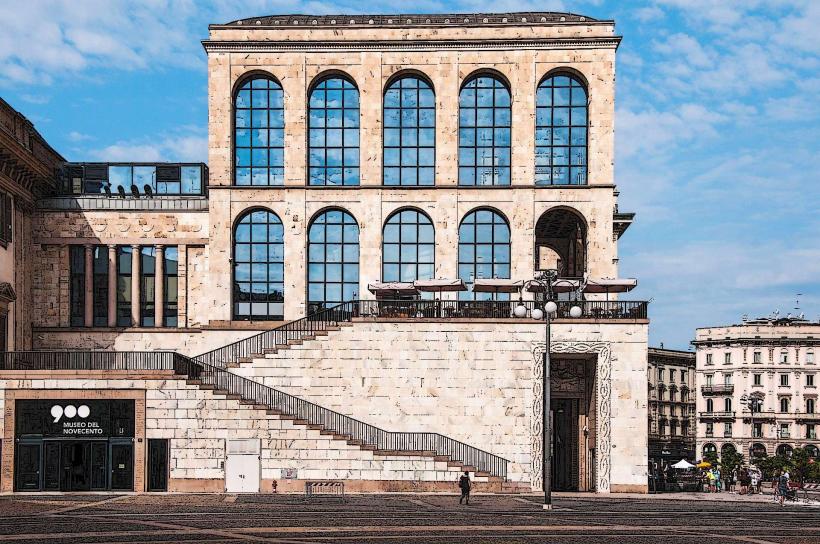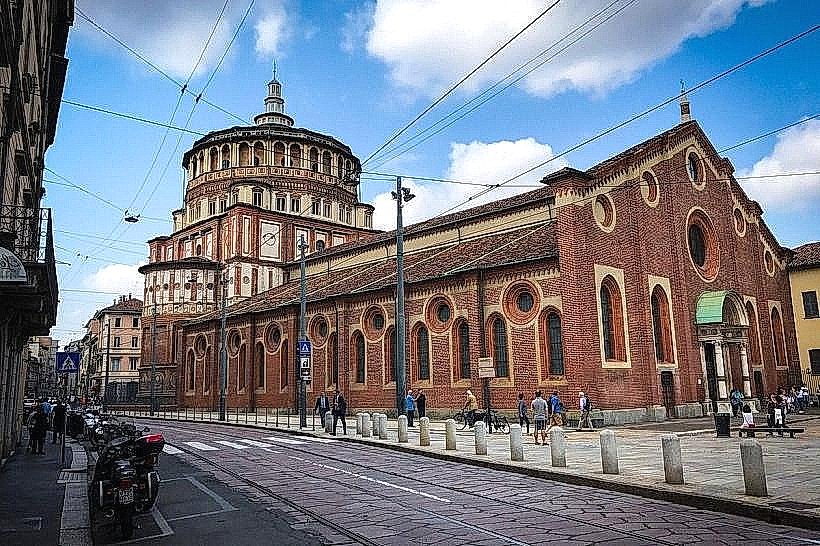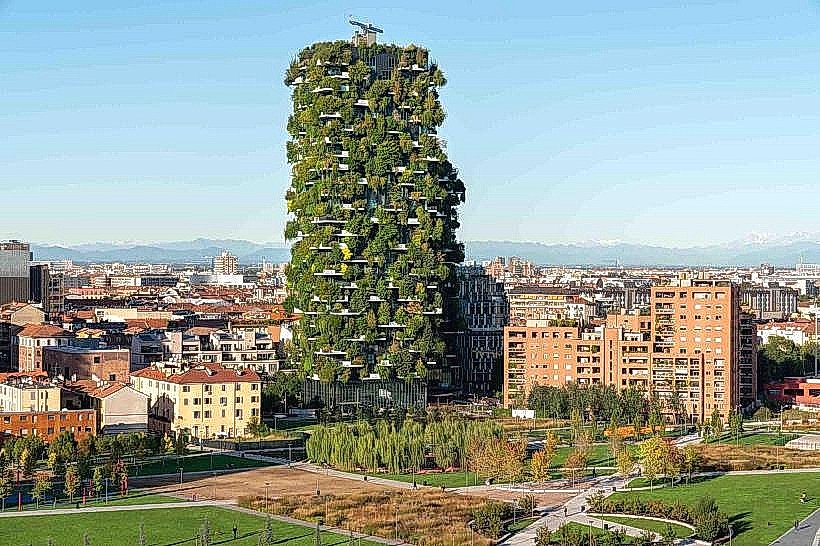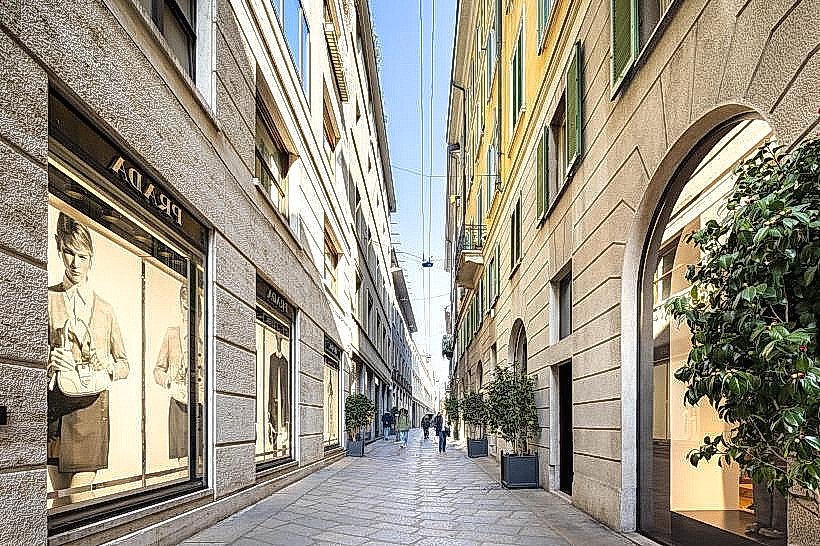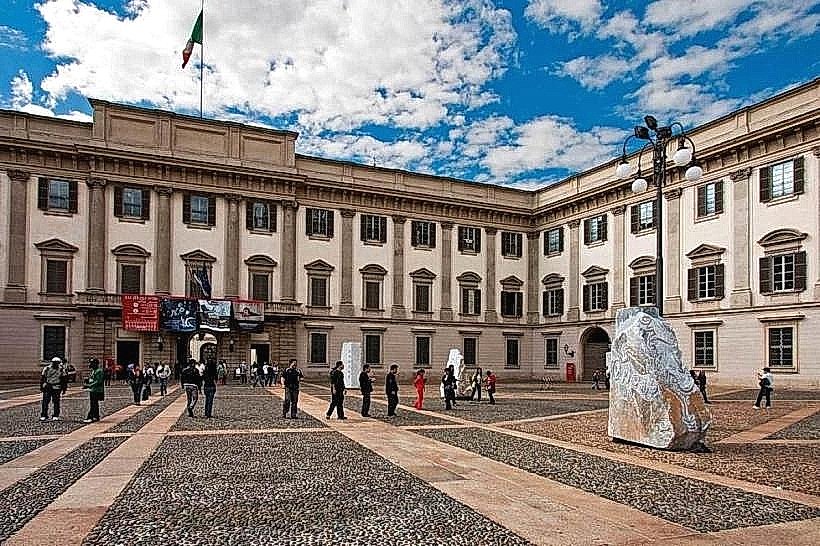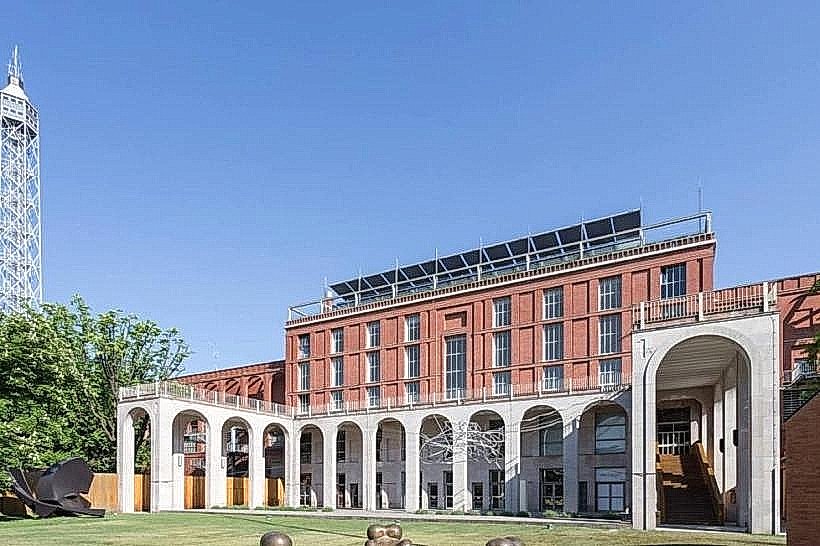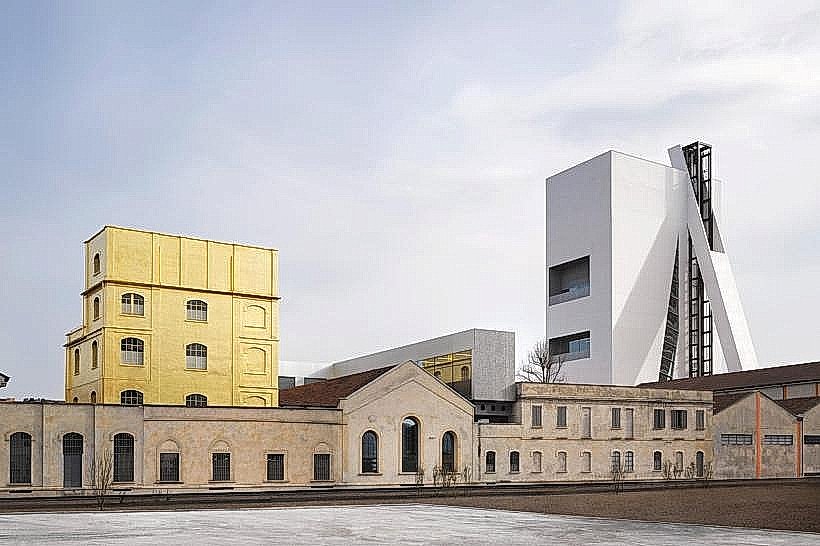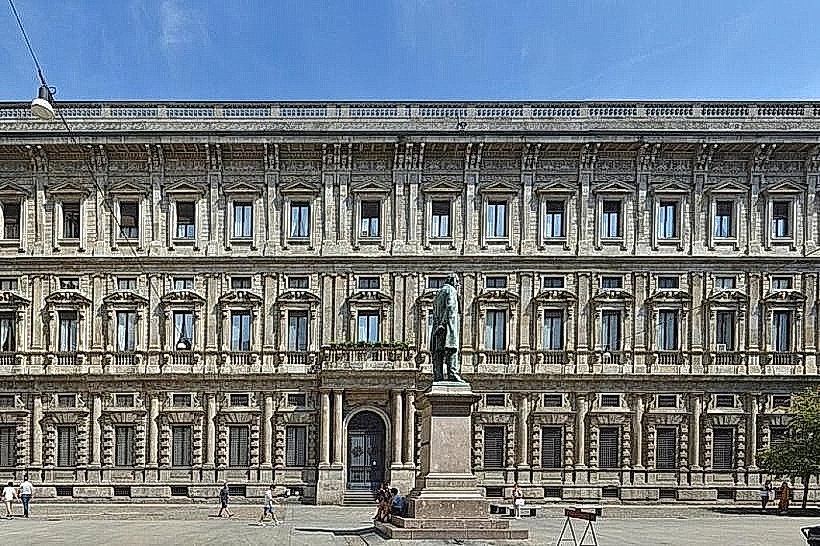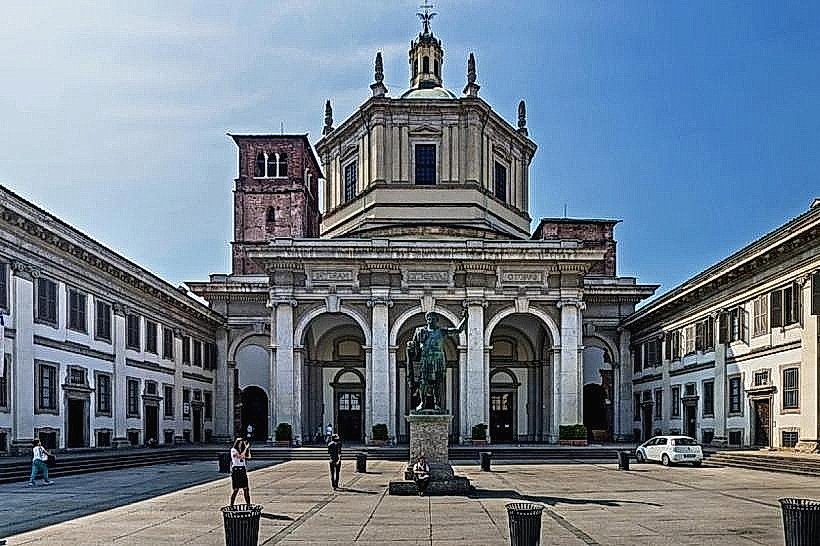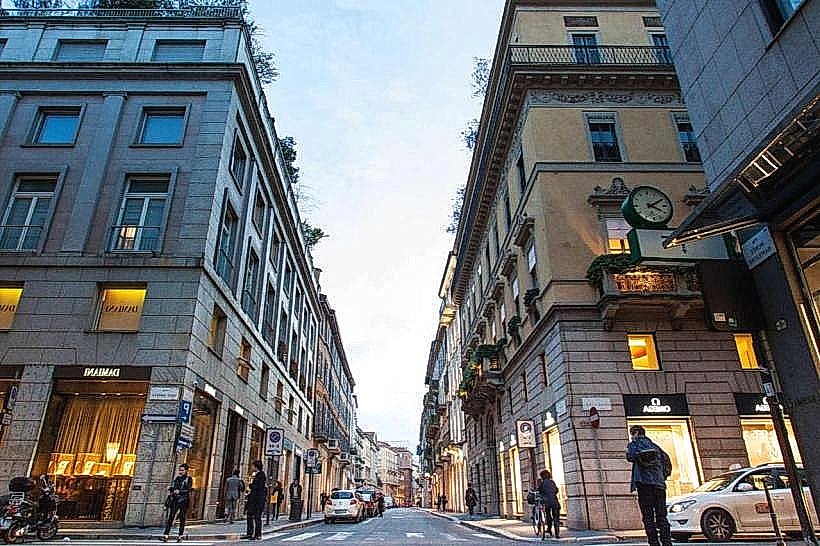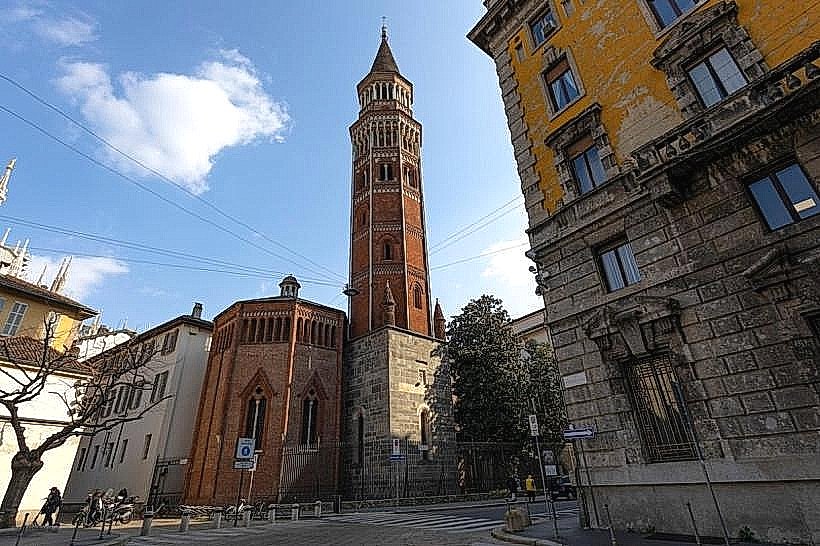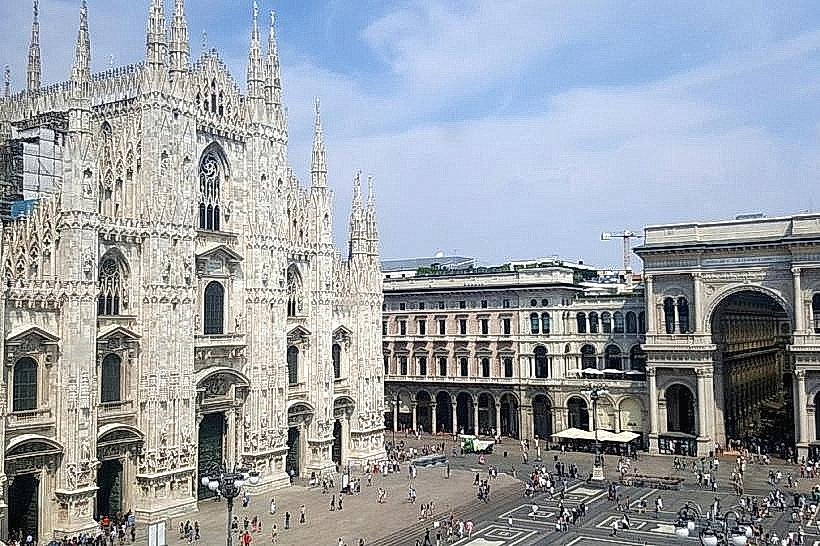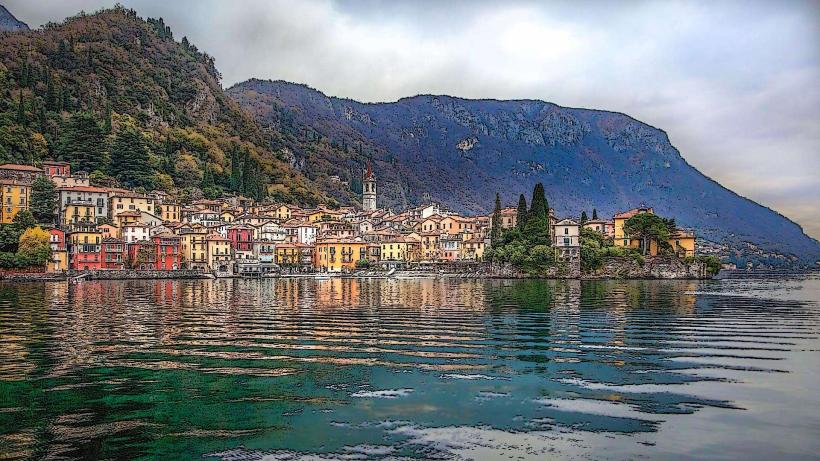Information
Landmark: Parco SempioneCity: Milan
Country: Italy
Continent: Europe
Parco Sempione, Milan, Italy, Europe
Overview
Parco Sempione is Milan’s green heart-a wide, graceful park spreading out behind the towering Sforza Castle and reaching toward the white marble Arch of Peace, besides spanning about 47 hectares, it weaves together history, art, and quiet leisure, giving locals and travelers a peaceful escape where tree-shaded paths soften the city’s graceful rush.The land that’s now Parco Sempione has been part of Milan’s story since the Middle Ages, when narrow lanes and stone towers stood nearby, moreover it began as the Sforza dukes’ hunting grounds, where hounds once barked through the trees, then Napoleon turned it into a military parade field, partially In 1893, architect Emilio Alemagna shaped the park as we detect it today, embracing the English landscape style with curving paths, gentle lawns, quiet lakes, and shaded viewpoints instead of stiff, formal symmetry, what’s more he designed his plan to keep a clear visual and symbolic thread running between two of Milan’s landmarks-the red-brick Sforza Castle at one end and the pale stone Arco della Pace at the other, more or less Parco Sempione unfolds in a gentle rhythm of open lawns, quiet woods, and glimmering little lakes, all linked by graceful bridges and cool, shady paths, not only that the park’s paths invite you to wander slowly, and around each bend, something innovative appears-a neoclassical arch gleaming in the sun, a weathered tower, or a still pond edged with whispering willows.Among the park’s landmarks, Sforza Castle stands out-a grand fortress turned museum rising at the eastern edge, its stone walls warm in the late sun, besides red-brick towers rise above courtyards that spill straight onto a wide green lawn, the scent of cut grass drifting in the air.Arco della Pace rises in marble at the far end, framed by tall trees and a stretch of open sky, as a result Torre Branca rises 108 meters above Milan, a sleek steel tower Gio Ponti designed in 1933 that offers one of the city’s best views-especially breathtaking when the sky glows orange at sunset.Palazzo dell’Arte is home to the Triennale di Milano, Italy’s leading museum for design and contemporary art, where luminous installations, bold exhibitions, and international design fairs fill its airy halls, meanwhile arena Civica (Arena Gianni Brera): a neoclassical stadium from the 18th century, built under Napoleon, still alive with the roar of crowds at games, concerts, and cultural gatherings.The Lake and the Bridge of Mermaids (Ponte delle Sirenette) - a charming spot where couples linger and photographers chase the play of light on the water, besides built in 1842, the bridge was Milan’s first made of iron, its shadowy beams still cool to the touch on a foggy morning.At Parco Sempione, the air buzzes with conversation and the scent of fresh espresso-it’s both a cultural landmark and the city’s favorite gathering spot, also morning light spills across the park as joggers follow the winding paths beneath chestnut and plane trees, their shoes whispering over damp leaves.Families crowd by the ponds to toss crumbs to the ducks, and nearby, artists trace the castle’s towers mirrored in the glassy water, equally important in spring, wisteria winds up the historic stone walls, and the sweet scent of cut grass drifts through the air, mixing with the low chatter rising from nearby cafés.By late afternoon, friends spread blankets under the trees, cyclists trace easy circles along the paths, and the air hums with live jazz and the soft strum of a guitar, consequently as dusk settles and the city lights flicker on, the Arco della Pace turns into the heartbeat of nightlife, ringed with lively bars and terraces buzzing with laughter.Unlike the rigid symmetry of royal gardens, Parco Sempione was envisioned as a space for everyone-open, flowing, and tuned to the pulse of the city, where paths curve like ripples in a pond, alternatively alemagna took his cue from London’s Hyde Park and Paris’s Bois de Boulogne, yet shaped something wholly Milanese-elegant but restrained, picturesque in its practicality, a space where quiet order glides beneath the easy rhythm of everyday life.Sempione Park takes its name from the Simplon Pass-an alpine route that once wound through the mountains, linking Milan to northern Europe and standing as a symbol of openness and connection, as a result cultural Role and Modern IdentityToday, Parco Sempione isn’t just a park-it’s woven into Milan’s urban soul, where locals stroll past rustling poplars and pause beneath the castle’s shadow.As you can see, It’s a region for art festivals, outdoor movie nights under the stars, design shows, and lively public celebrations, consequently it stands as a natural counterpoint to the glass towers of Porta Nuova, a reminder of how Milan blends sleek innovation with the warmth of tradition and the calm of green spaces.On a glowing afternoon, with the castle’s stone battlements at your back and a marble arch gleaming far off, the park feels like a living bridge between centuries-history breathing through open sky, bursts of laughter, and the soft rustle of leaves.
Author: Tourist Landmarks
Date: 2025-10-31


